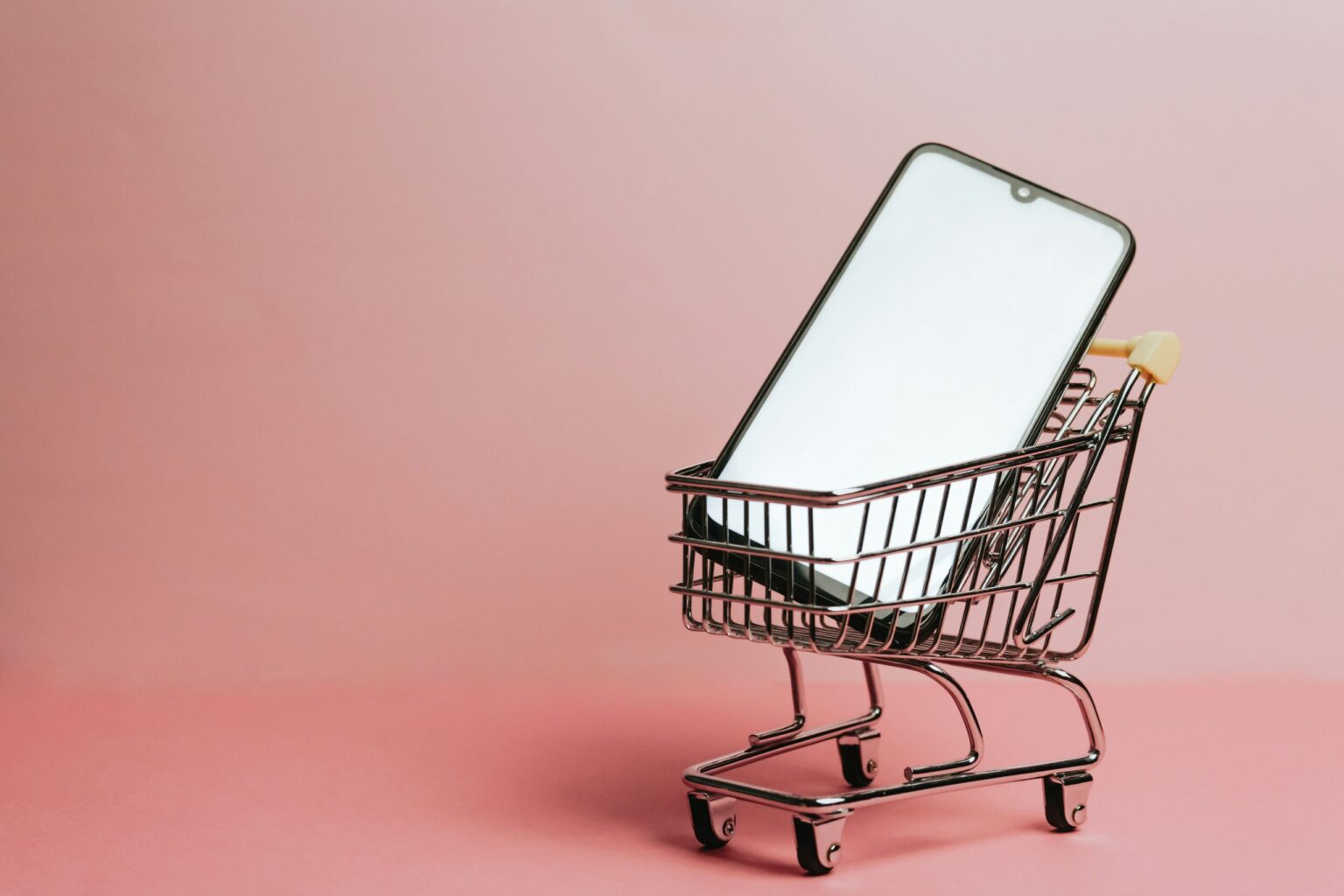March 5, 2025
In a major shift within the U.S. business landscape, more and more companies are adopting subscription-based models to meet the evolving needs of today’s consumers. On March 5, 2025, new data revealed that subscription services across various industries, from entertainment and food delivery to personal care and tech products, have experienced a significant rise in popularity, as companies adjust to changing consumer behavior in an increasingly digital and convenience-driven world.
Subscription-based models have become a staple for many industries, providing a steady stream of revenue and a more direct connection to customers. Traditionally seen in sectors like media and software, the concept of subscriptions has now expanded far beyond its origins, with businesses from nearly every sector taking advantage of the recurring revenue model. Consumers are flocking to services that offer flexibility, convenience, and personalization, from meal kits and beauty boxes to curated experiences and even car-sharing services.
“Consumers today value convenience, flexibility, and tailored experiences more than ever,” said Rachel Simmons, an analyst specializing in consumer trends. “Subscription models give businesses the opportunity to provide a continuous and personalized experience, while also benefiting from predictable revenue streams. It’s a win-win situation.”
The growing popularity of subscription models has been particularly pronounced in the consumer goods sector, where companies are moving away from the traditional model of one-time purchases. Beauty brands, for example, are seeing significant growth in subscription services, with customers opting to receive personalized skincare and makeup products delivered to their door each month. Similarly, tech companies are capitalizing on the subscription model by offering products such as smartphones, smartwatches, and home security systems on a subscription basis, allowing consumers to upgrade to the latest models without the hefty upfront costs.
In the food industry, meal kit services like HelloFresh and Blue Apron have reported an uptick in subscribers, with customers seeking the convenience of home-cooked meals without the time and effort required for meal planning and shopping. Food delivery services are also shifting towards subscription offerings, with companies offering regular deliveries of fresh produce, pantry staples, or even healthy snacks tailored to specific dietary preferences.
This trend also extends to the entertainment industry, where platforms like Netflix, Disney+, and Spotify continue to dominate the subscription space. While streaming services were the early pioneers of the subscription model, an increasing number of niche content providers are emerging, offering specialized content in areas such as fitness, learning, and even live-streamed gaming.
For businesses, the subscription model provides a way to establish long-term relationships with customers, reducing customer churn and encouraging loyalty. By offering tailored products or services on a recurring basis, companies can better understand consumer preferences, which leads to improved personalization and greater customer satisfaction.
However, the shift to subscriptions is not without its challenges. As the market becomes saturated with subscription offerings, businesses must find innovative ways to differentiate themselves. Consumers are also becoming more selective, with many subscribing to multiple services but reassessing their commitments to avoid subscription fatigue or excessive spending. To remain competitive, companies must provide genuine value and deliver consistently on their promises, while also offering flexibility and ease of cancellation.
The rise of subscription models also raises questions about sustainability and ethical consumption. As more consumers subscribe to services that deliver products directly to their doors, concerns about packaging waste and carbon footprints are on the rise. Companies will need to find ways to make their subscription services more sustainable, including using eco-friendly packaging, reducing transportation emissions, and offering more transparent practices.
Despite these hurdles, the subscription model is clearly reshaping the way U.S. businesses interact with consumers. As more companies adopt this model, subscription-based services are expected to become an even more significant part of the business landscape in 2025 and beyond. For consumers, the convenience, customization, and value offered by subscriptions will likely continue to drive demand, marking the next phase of consumer-business relationships in an increasingly digital world.
